Aside from regions like Korea and Japan, where Counter-Strike never took off to begin with, no other region has seen as much migration to VALORANT as North America.
It wasn’t surprising to see players with no clear opportunities in CS:GO, like TSM’s Braxton “swag” Pierce, 100 Thieves’ Joshua “steel” Nissan, or T1’s Sam “DaZeD” Marine, switch over. And it wasn’t shocking to see older players looking for more glory and fame in the second half of their careers, like 100T’s Spencer “Hiko” Martin and TSM’s James “hazed” Cobb, also make the transition.
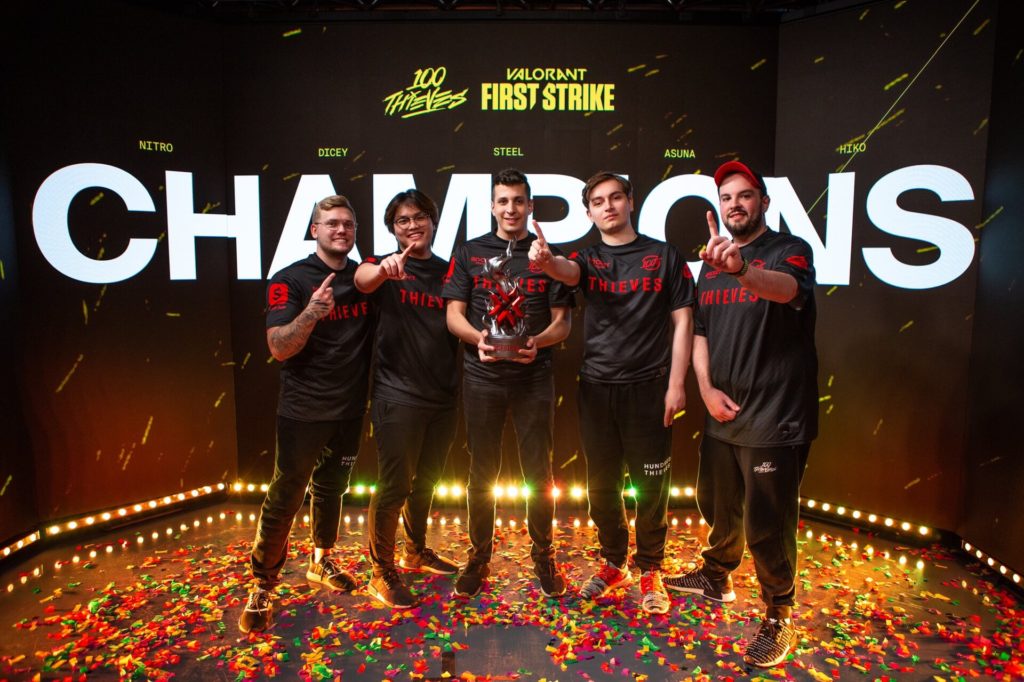
But perhaps what caught onlookers off guard the most was the wave of players either at the top or on the rise in CS:GO switching over to VALORANT. Players like 100T’s Nicholas “nitr0” Cannella and Ethan Arnold both left prominent, competitive CS:GO teams that were already competing globally in Team Liquid and Evil Geniuses, respectively. Numerous stars in NA VALORANT are young, former CS:GO players who switched over before their time spent grinding CS paid off.
Version1’s Anthony “vanity” Malaspina and Jordan “Zellsis” Montemurro are both examples of this. They were talented, promising CS:GO players who worked their way close to the top but found the opportunities lacking. And since they’ve switched games, amid the ongoing COVID-19 pandemic, the oasis has only grown drier. Given the state of both CS:GO and VALORANT, and what the players expect out of the future of both games, they’re not looking back.
“[Valve] don’t pay attention to their game, let’s be real,” vanity told Dot Esports. “They didn’t change the map for two and a half years. I’ve talked to more Riot devs in five months of playing [VALORANT] than I would have ever talked to a Valve dev in playing 10 years of Counter-Strike.”
Developer involvement has been a huge talking point in the CS:GO esports scene for years, with many critical of Valve’s hands-off, laid-back approach. Notoriously, Valve steps back from hosting the illustrious Majors itself and sells off the rights to a tournament organizer for each event. While some terrific CS:GO Majors have unfolded, there have also been issues where a more-involved Valve would have made things better.
Most recently, a hot discussion has arisen regarding the decision by FACEIT and Flashpoint to replay a match at Flashpoint Three, a European Regional Major Rankings event. A mistake made by Flashpoint regarding connection settings resulted in Ninjas in Pyjamas playing on 30 to 40 percent packet loss and the solution to the mistake has left a lot of people unhappy. When incidents similar to this occur, many point fingers at Valve for not being more involved.
Other problems have surfaced in CS:GO as well, like the coaching spectator bug fiasco. The scandal saw several coaches banned for using the spectator bug to cheat, but many pointed out that Valve knew about the problem and didn’t resolve it. To this day, it appears that the bug is still present in the current CS:GO client. On top of that, Valve’s decision to ban coaches from participating in online RMR matches in response shows that the developer isn’t doing a good job of communicating with those who have the pros’ best interests in mind. And in one of the few times Valve chose to get involved, it ended up making a widely unpopular decision.
Aside from the company’s non-stellar involvement in the CS:GO esports scene, Valve has drawn criticism for not keeping the competitive part of CS:GO fresher. The most recent addition to the active duty map pool, Ancient (replacing Train), was the first change to that pool in over two years. Most of CS:GO’s maps are maps from previous versions of Counter-Strike that have been remade.
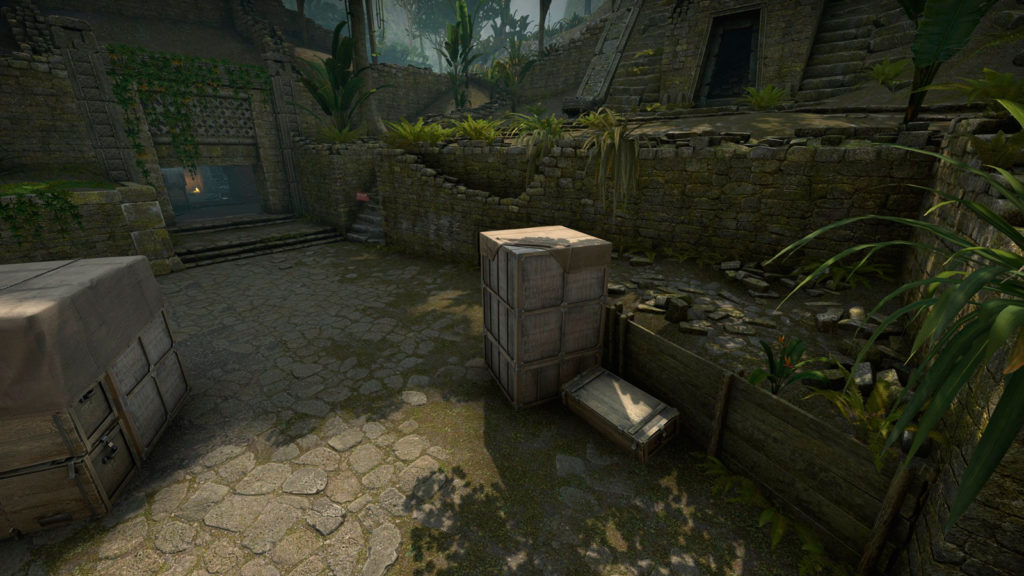
Lots of new content has been added to CS:GO since the game came out, from new game modes to other maps. But for the pros playing competitively, it’s largely been the same maps on the same engine with the same guns for nearly a decade. Vanity described the game as “stale,” and that’s from the same group of words that players like Ethan and Sentinels’ ShahZaM and SicK have used—stale, stagnant, boring. Vanity believes more players will keep transitioning to VALORANT simply because CS:GO continues to get stale.
VALORANT has capitalized on the stagnant nature of CS:GO as well as the current esports climate. It hit the servers at the right time and approached esports in just the right way, according to Zellsis.
“It’s all the games coming together, not just CS but Apex [Legends] and Overwatch,” he told Dot Esports. “Like when COVID hit, Apex kinda died, their only major was canceled. So it was an unlucky situation but VALORANT kinda just saved all these players. Riot just does esports right, no matter what they’ve done as a company, they always do their esports scene right. It’s just a whole new look, and it feels nice.”

The exciting esports ecosystem of VALORANT feels like a breath of fresh air, especially to players coming from NA CS. With numerous organizations backing out of that scene and only top teams being able to afford European relocation, “there’s no reason for any organization to put any money into NA CS at all,” according to vanity. Vanity, among other NA VALORANT pros, switched games because there were no viable options in North American Counter-Strike.
Instead, North American organizations are lining up to throw their hats into the VALORANT ring and really invest in it. T1, for example, already fields an academy team led by former Overwatch hitscan DPS star ANS. Riot’s track record of supporting amateur scenes in League of Legends is a welcome sign to the future of VALORANT and represents a stark contrast to the NA CS developmental scene. Valve has little to no involvement in developing the next wave of NA CS stars, leaving it to services like ESEA and FACEIT.
Looking ahead, the Version1 players are excited about the future of VALORANT esports, specifically the potential of franchising. Both players believe it will bring stability to the scene and will be pivotal in keeping the amateur talent involved. The longer Valve continues to let CS:GO be stale, the less likely NA is to be revitalized and the more players will leave for something fresh.
Make sure to follow us on YouTube for more esports news and analysis.



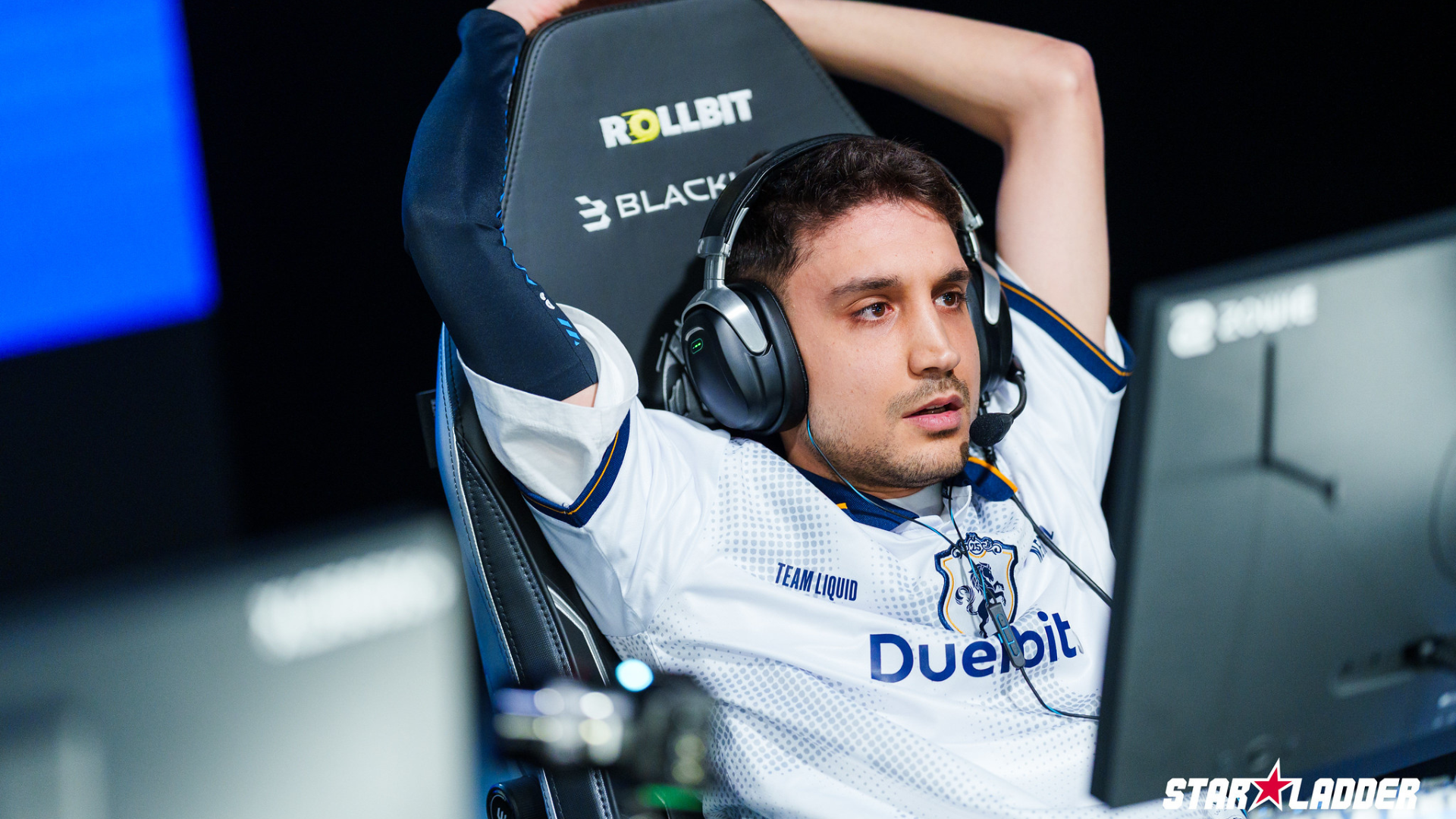
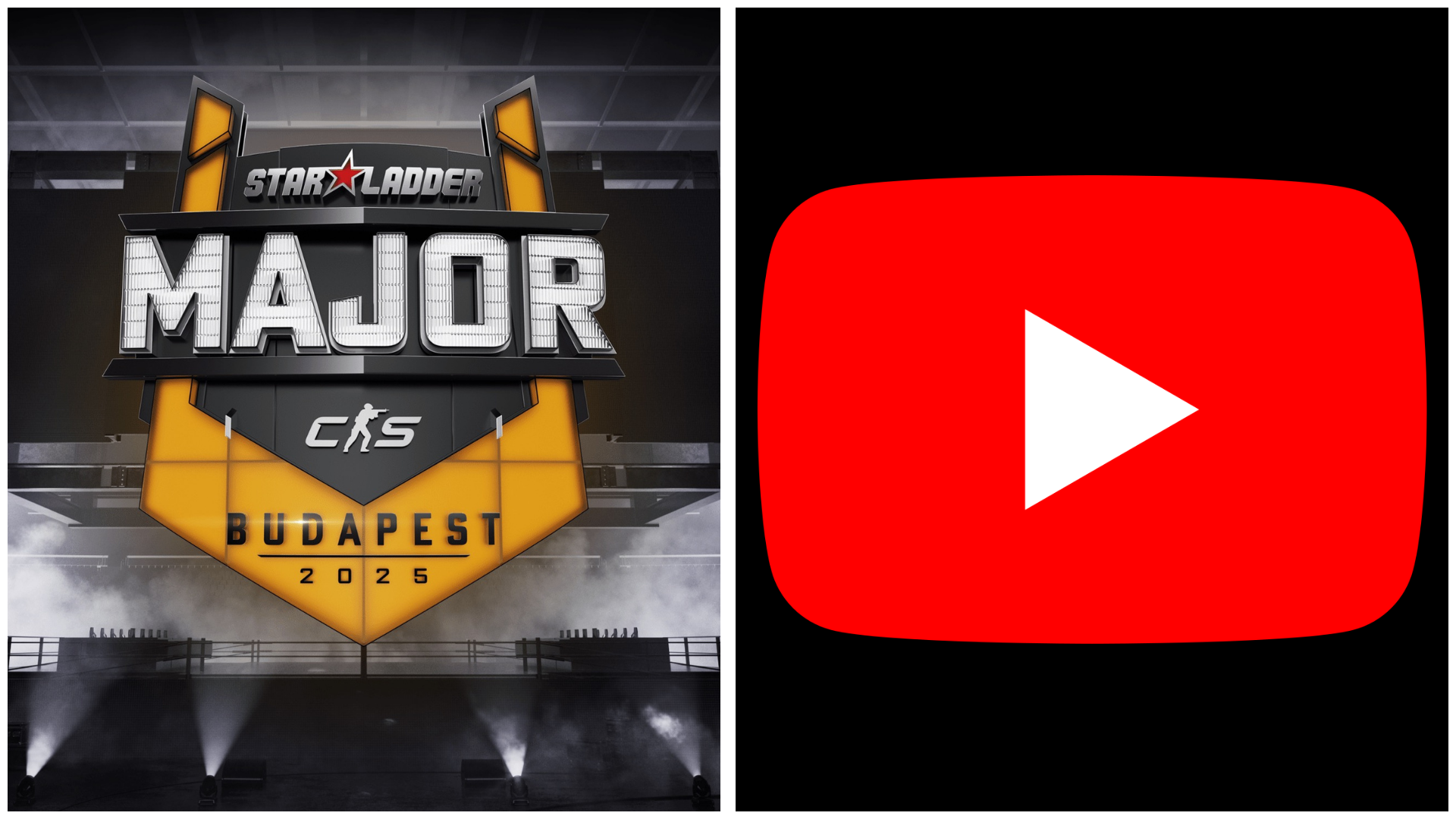
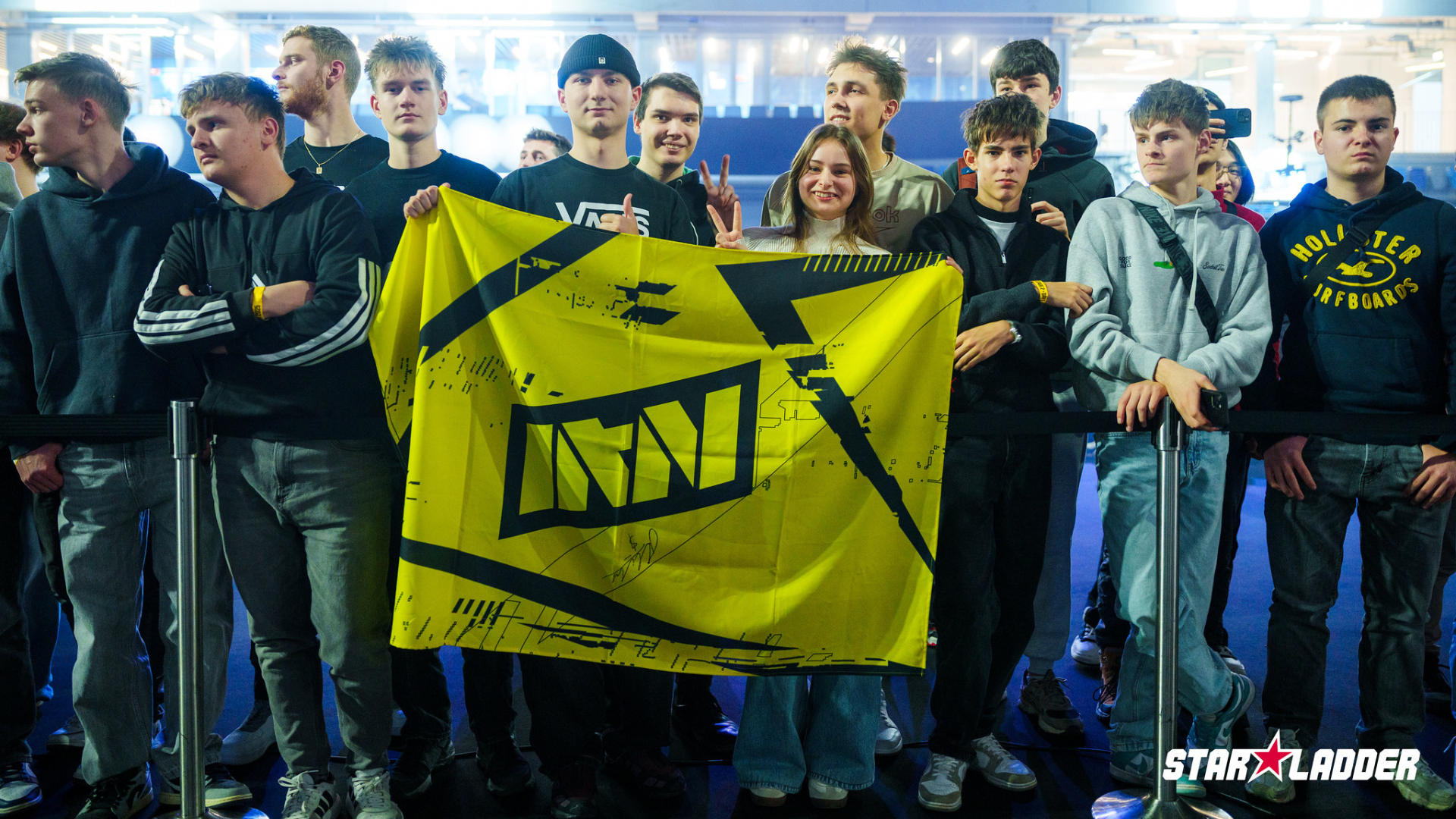
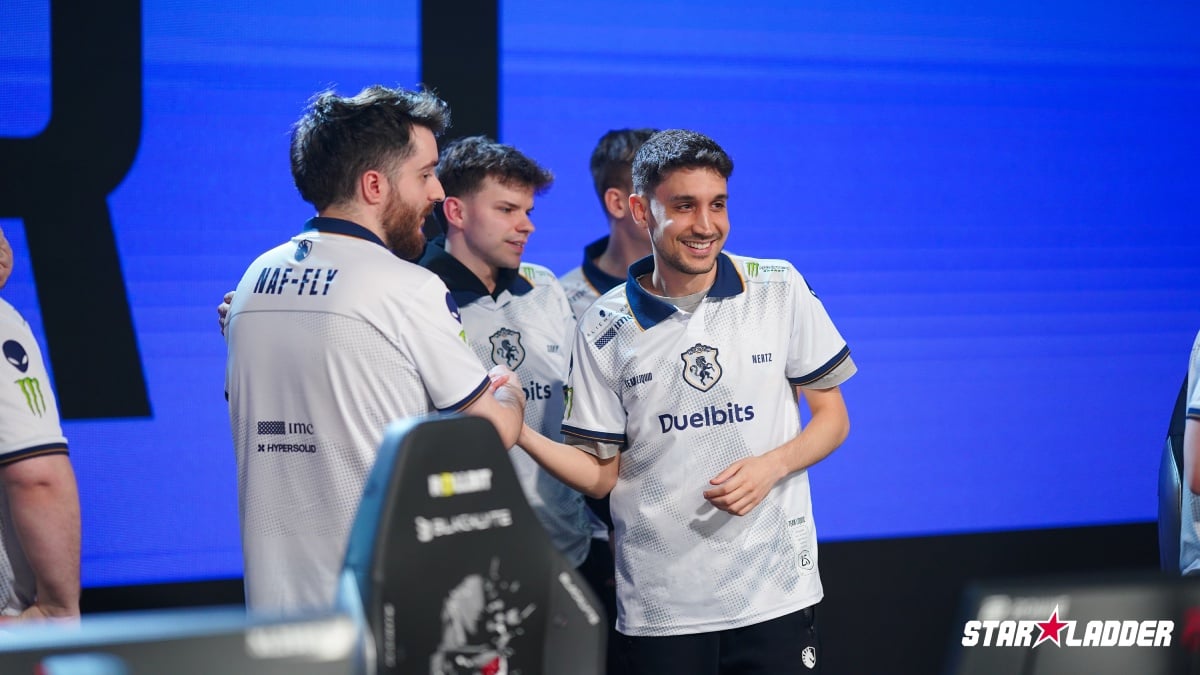
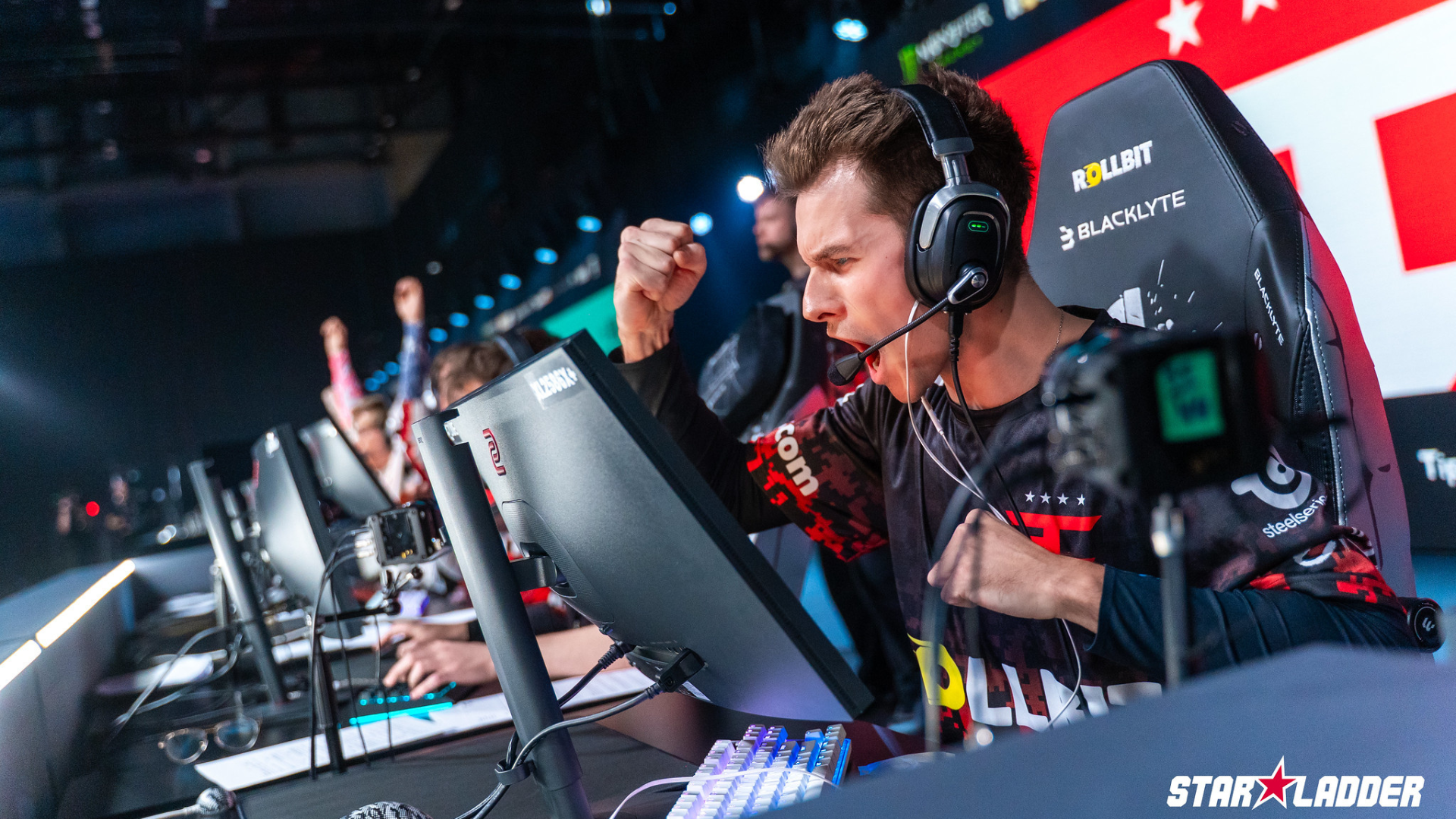
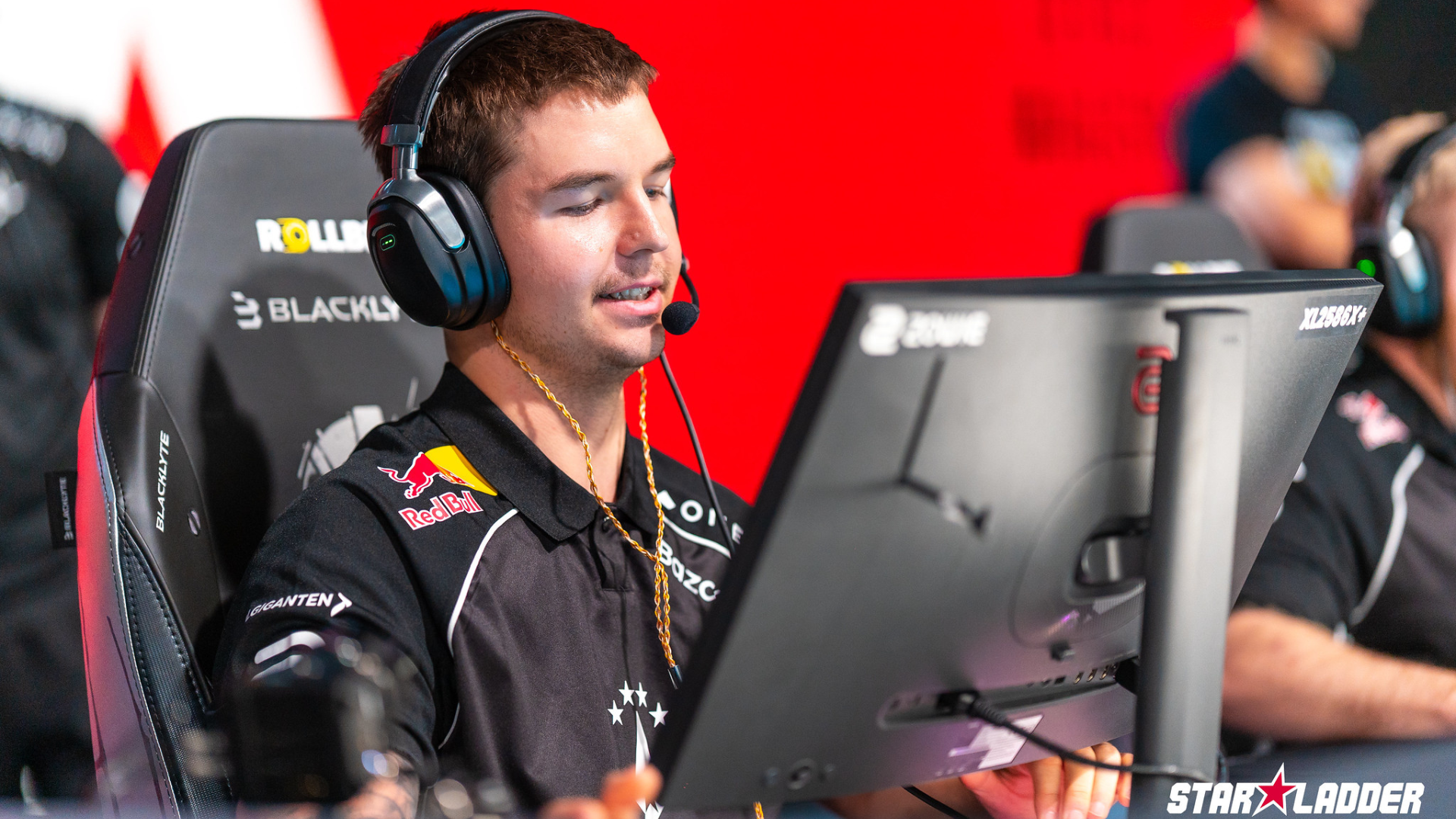
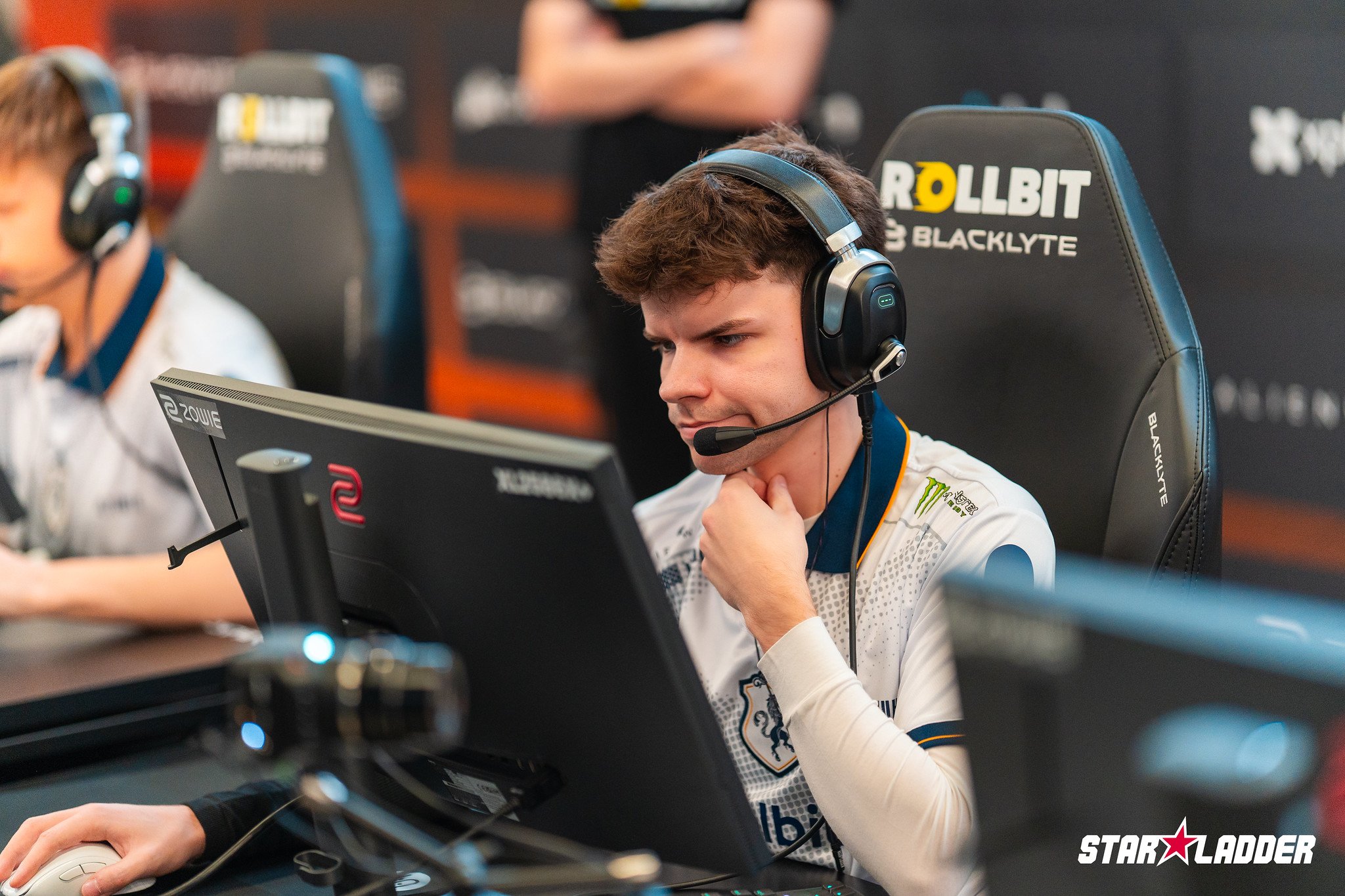



Published: May 19, 2021 03:28 pm